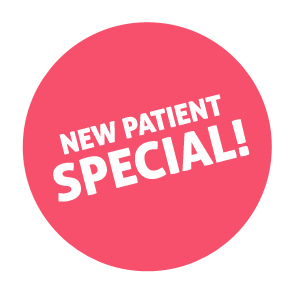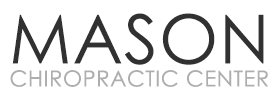The Difference Between Dry Needling & Acupuncture In CITY* STATE*

Dry needling and acupuncture are both therapeutic techniques in CITY* STATE* involving the insertion of thin needles into the body, but they differ in their underlying principles, goals, and applications.
Differences Between Dry Needling & Acupuncture in CITY* STATE*
Philosophical Roots
- Acupuncture: Originating from traditional Chinese medicine, acupuncture is based on the concept of balancing the flow of energy, or Qi, along meridians in the body. Practitioners insert needles at specific acupuncture points to restore the balance of energy and promote overall well-being.
- Dry Needling: Grounded in Western medicine, dry needling focuses on releasing tension within muscles and connective tissues by targeting trigger points, which are tight bands or knots in the muscles. The goal is to alleviate pain, improve range of motion, and enhance muscle function.
Theoretical Basis:
- Acupuncture: Involves the stimulation of meridians to restore the flow of Qi and achieve balance in the body's energy system.
- Dry Needling: Targets specific anatomical structures, such as trigger points, with the aim of releasing muscular tension and promoting local healing.
Treatment Focus:
- Acupuncture: Traditionally used for a wide range of conditions, including pain, digestive issues, stress, and various internal imbalances.
- Dry Needling: Primarily used for musculoskeletal issues, such as myofascial pain, muscle spasms, and sports injuries.
Needle Insertion Techniques:
- Acupuncture: Needles are often inserted at varying depths along meridians, and sometimes they may be manipulated with gentle movements or stimulated with heat (moxibustion).
- Dry Needling: Targets specific trigger points within muscles or soft tissues, and the needles may be inserted and manipulated to elicit a twitch response, releasing tension.
Diagnostic Approach:
- Acupuncture: Practitioners may rely on traditional diagnostic methods, such as pulse and tongue examination, to determine imbalances in the body's energy.
- Dry Needling: Typically involves a more modern diagnostic approach, including a physical examination to identify trigger points and areas of muscular dysfunction.
Cultural Context:
- Acupuncture: Rooted in ancient Chinese philosophy and traditions, acupuncture is deeply ingrained in Eastern cultural practices.
- Dry Needling: Emerged from Western medical practices and is grounded in contemporary anatomical and physiological understanding.
While both dry needling and acupuncture involve the use of needles for therapeutic purposes, their distinct philosophies, goals, and applications set them apart. It's important to note that practitioners of each technique undergo specific training and certification processes and individual responses to these therapies can vary based on personal preferences and health conditions. CLINIC NAME* in CITY* STATE* is here to clear up any questions you have.
OFFICE HOURS
Monday
8:00am - 12:00pm
1:00pm - 6:00pm
Tuesday
8:00am - 6:00pm
Wednesday
8:00pm - 6:00pm
Thursday
8:00am - 6:00pm
Friday
8:00am - 6:00pm
Saturday & Sunday
Closed
CLINIC NAME*
ADDRESS*
CITY*, STATE* ZIP*
(000) 000-0000


